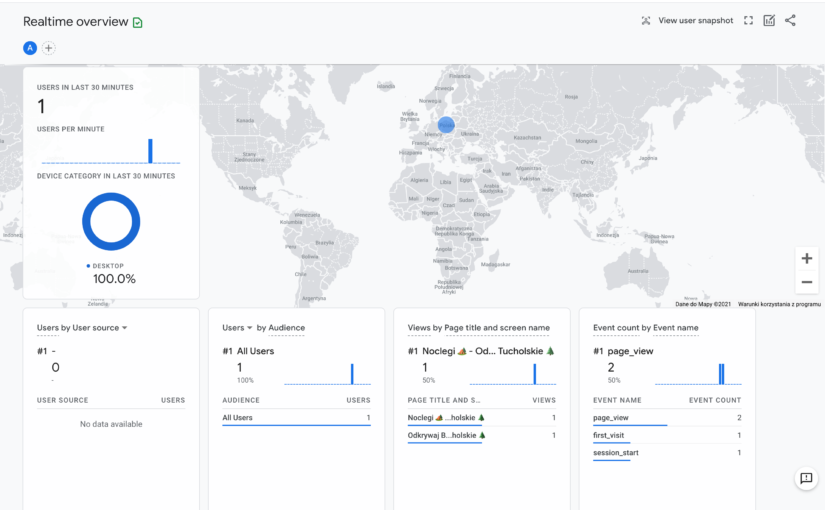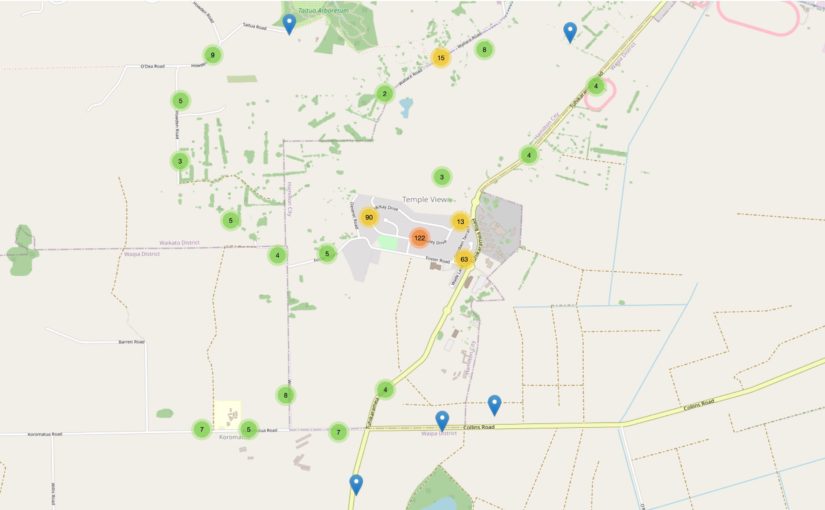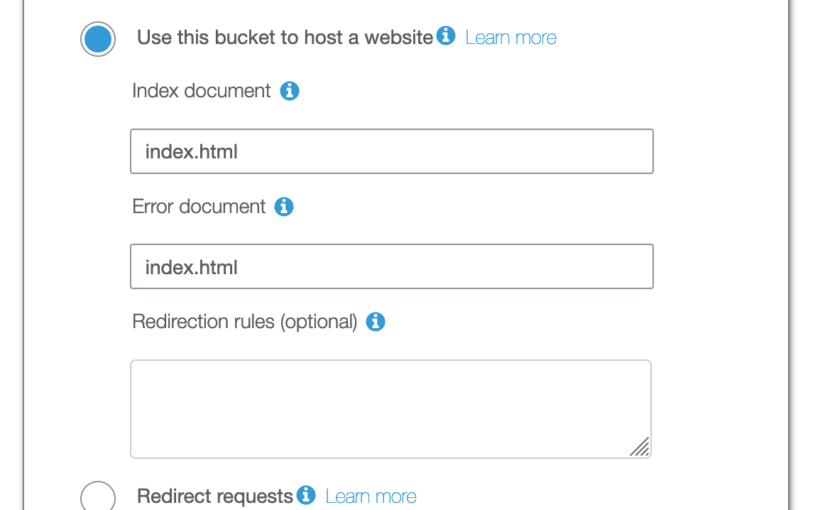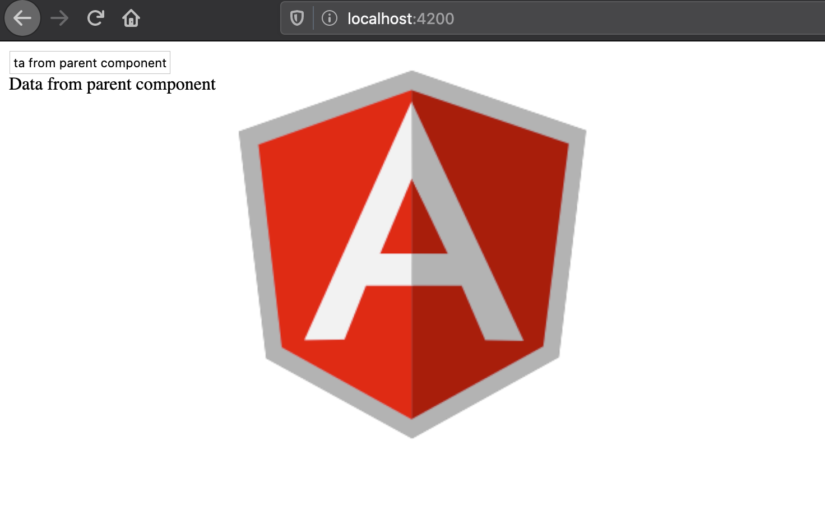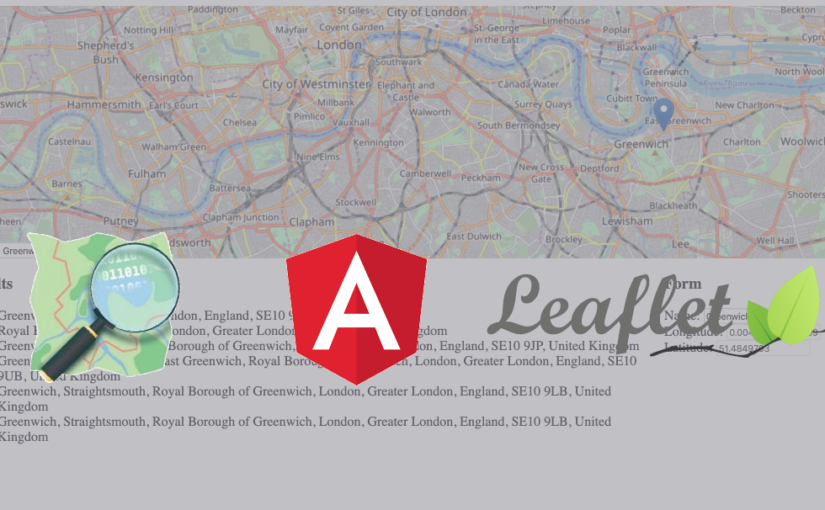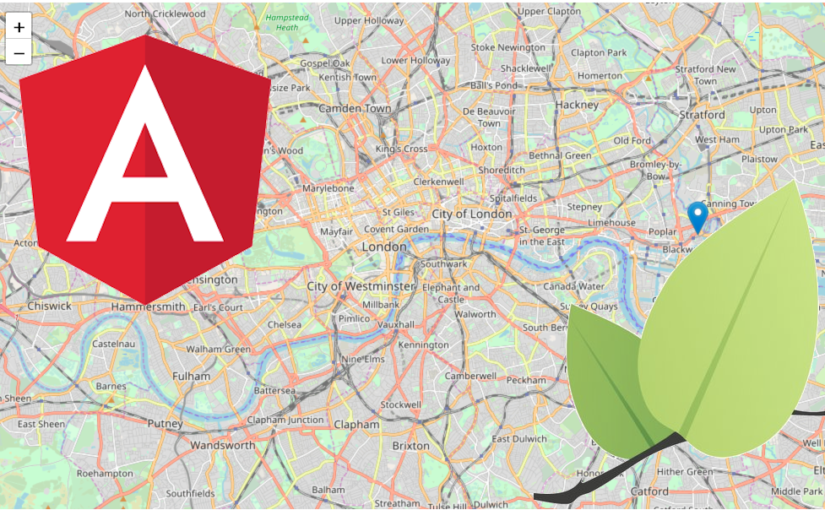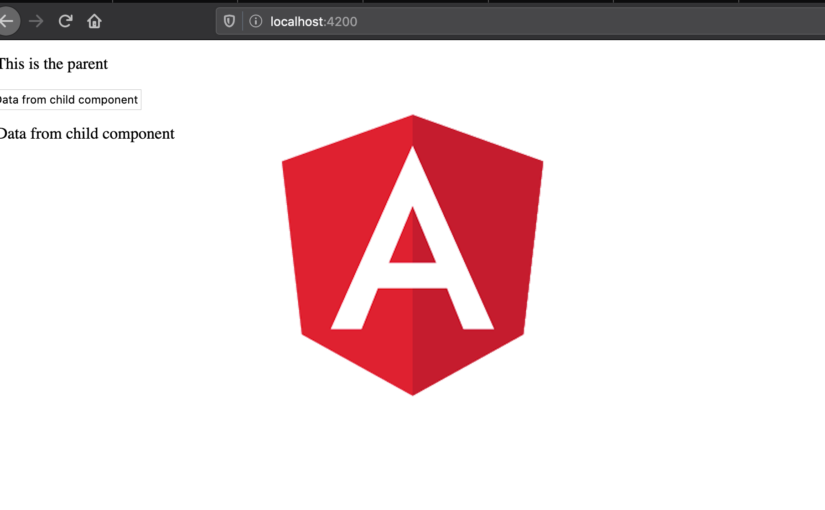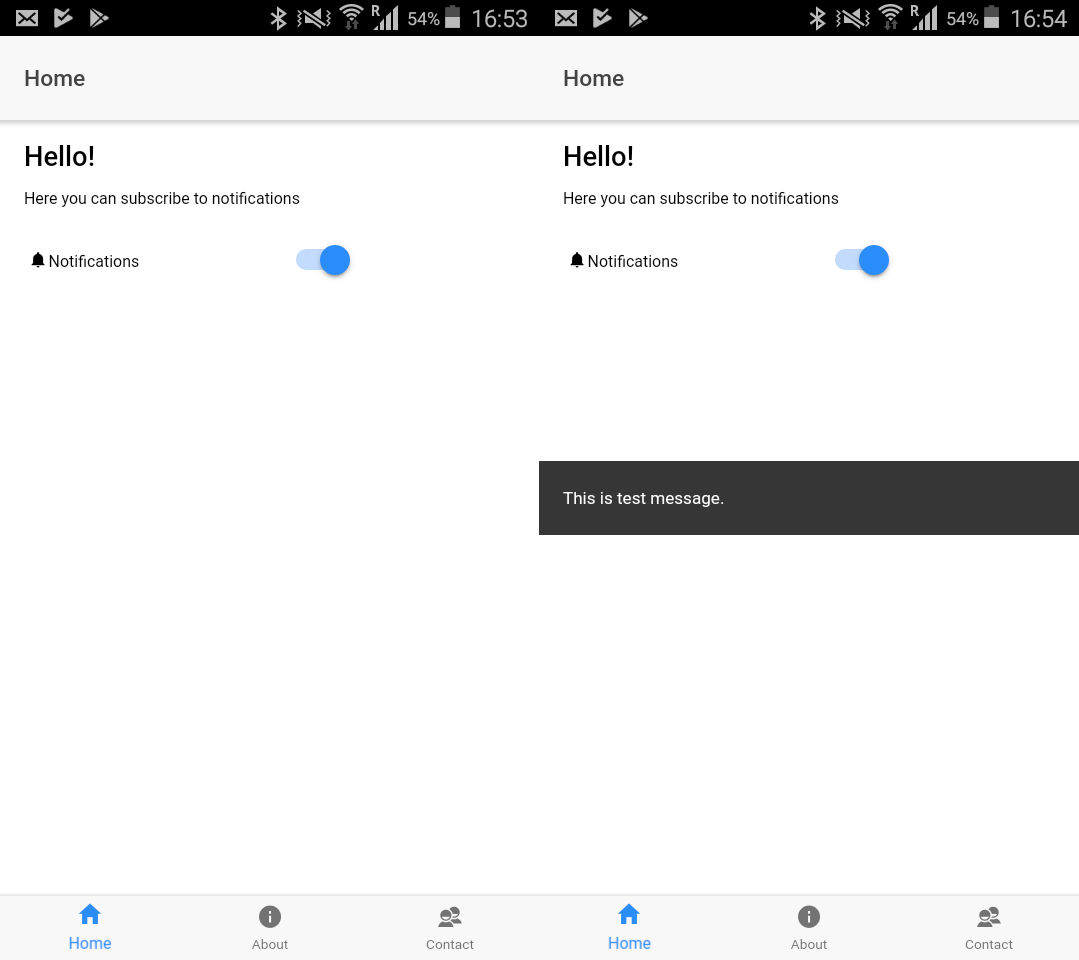Recently I needed a simple mobile app to test my simple push notifications service. In my case, it was an Android app receiving notifications from Firebase Cloud Messaging.
In this article, I’m going to share my experience with you. I’ll show you how you can create your own simple Ionic 4 Android app and integrate it with the FCM service.
But first of all, I’m going to start with disclaimers:
- Please remember that this is only a simple starter example. To make sure your notifications behaving properly you have to store user subscriptions somewhere (for example in Firebase or local storage).
- This article doesn’t cover the iOS platform but it’s possible to use FCM as your push notifications provider in iOS apps.
Main goals
We’d like our app to have the following features:
- store devices tokens in the Firebase database
- overall push notifications receiving
- topic-based push notifications subscription / subscription
Continue reading Get your simple push notifications app with Ionic 4 and Firebase Cloud Messaging
